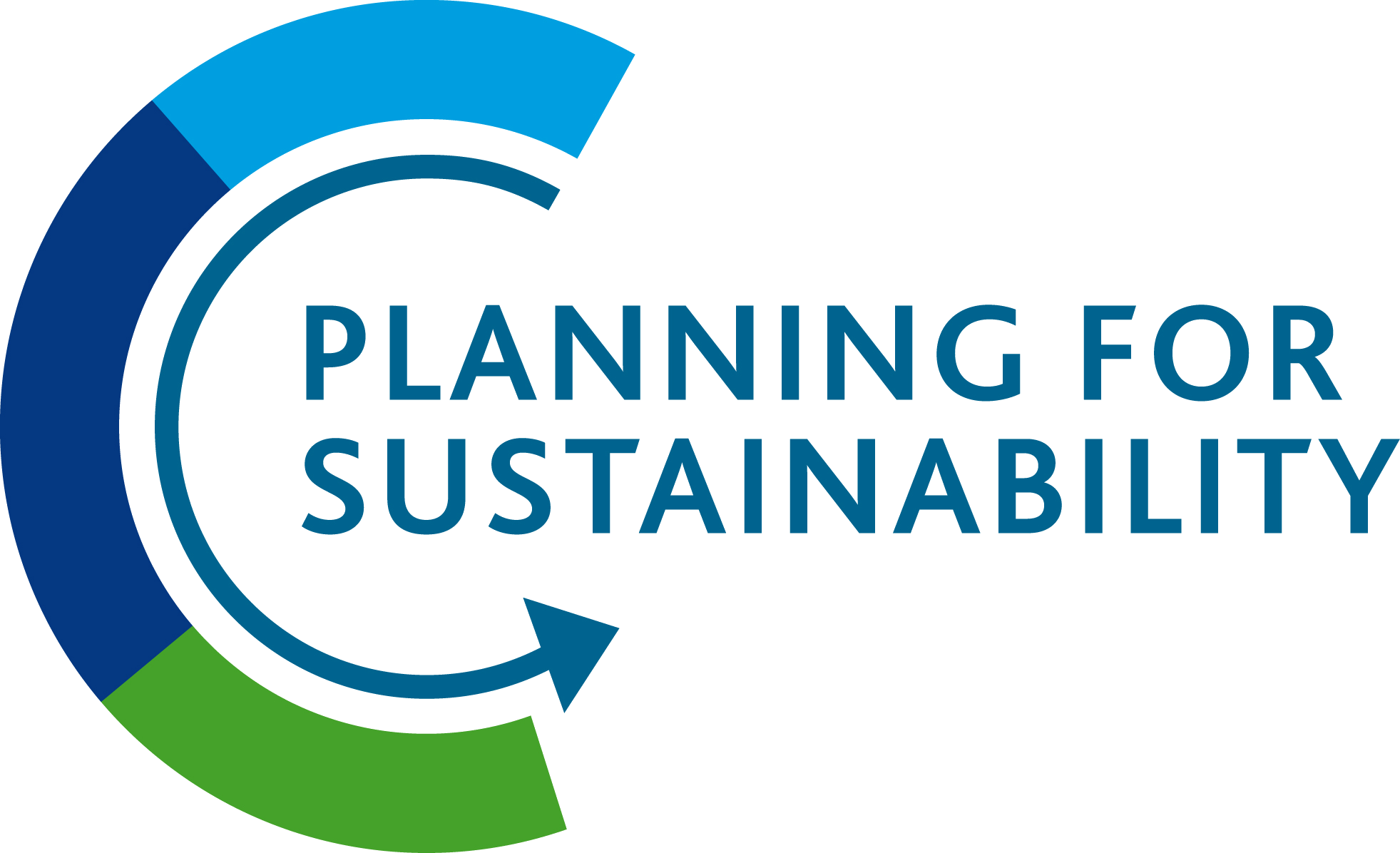Key climate projections for the UK (UKCP09) are that:
- Summers will become hotter and drier;
- Winters will become milder and wetter;
- Soils will become drier on average;
- Snowfall and the number of very cold days will decrease;
- Sea levels will rise; and
- Storms, heavy and extreme rainfall, and extreme winds will become more frequent.
It is not possible to plan for every eventuality and there is inevitable uncertainty in predicting the future. Climate change is a process which should be built into planning and risk management and should remain an integral part of these procedures in order to ensure the response to climate change is effective. Taking account of climate change at the construction of new buildings is much more cost-effective then dealing with its effects on existing buildings.
Historical climate data for London
Like the rest of the UK, London’s climate is generally temperate. According to Met Office records for Greenwich, between 1961 and 1990:
- There was an average of 585.5 millimetres (mm) of rain per year;
- September was typically the wettest month with an average of 55.3 mm of rain;
- February was typically the driest month with an average of 34.0 mm of rain;
- The average daily temperature was 11.0°C;
- The average daily maximum temperature was 14.4°C;
- The average daily minimum temperature was 7.0°C;
- July was typically the hottest month with an average maximum temperature of 22.2°C; and
- January was typically the coldest month with an average minimum temperature of 7.3°C.
Future Climate Projections for London
UKCP09 projections are provided for three different future emissions levels – low, medium and high. The three scenarios account for the uncertainties that exist about future trends and behaviours; such as population growth, technological progress and socio-economic development. The changes described for the next 40 years are based on past and current emissions and so all three scenarios display similar patterns over this timeframe. After this period, projected climate change patterns diverge as they become increasingly dependent upon differing predicted changes to emissions. The scenarios also represent varying local, regional and global socio-economic changes, including changes to the economy, population, technology, energy and agriculture The projections describe the difference between the modelled future climate and the 1961-90 observed baseline climate.
UKCP09 provides projections for a future climate based on averages. Therefore, they do not necessarily capture all possible extremes. More extreme possibilities (for temperature and precipitation etc) not included in the projections should therefore also be considered and should not be excluded from risk assessment development and contingency planning activities.
A summary of UKCP09 data has been developed using the medium and high emission scenarios. These are shown in Table 1.
These projections show that there are likely to be changes to the average weather conditions in the future. However, not all years will fit a clear trend of change, leading to a variable and unpredictable climate. The projections will enable the identification of the likely effects of climate change on the building, to a degree of certainty, and inform appropriate recommendations for changes to design, construction and maintenance policies, standards and practices.
It is also projected that average sea levels will continue to rise in the future, increasing the risk of coastal flooding and erosion. The frequency of extreme high water levels is also projected to increase. UKCP09 project that sea levels will rise by between 25cm and 86cm by 2100 and this, combined with a predicted increase in storm surges, will lead to a significantly increased risk of flooding.
UKCP09 projections do not include changes to wind or snowfall. However, the Met Office Hadley Centre regional climate model projects a decrease in winter mean snowfall of typically 65% to 80% in high altitude areas across the UK and 80% to 95% elsewhere by the 2080s. Met Office projections for wind speed are for a change of less than +3% over the UK by the 2080s.
Future Extreme Weather Events
In order to understand the likelihood of future extreme weather events, the UKCP09 Weather Generator (WG) and its Threshold Detector (TD) have been used to develop probabilistic daily weather conditions for the 2020s (2010-2039) and the 2050s (2040-2069).
The WG develops statistical relationships among daily weather variables across the baseline period (1961-90) and uses UKCP09 probabilistic projections to produce possible daily and hourly weather scenarios for future time periods for temperature, rainfall and humidity variables. The WG’s TD is a post-processing tool that can be applied to outputs from the WG. It allows users to investigate how often thresholds, such as temperatures or rainfall levels, are likely to be exceeded in the future.
It should be noted that WG and TD outputs are not associated with specific dates, but simply a representation of what may occur based on past average conditions combined with average future projections for change.
They cannot replicate or project some of the very extreme events experienced in recent years; such as the 1995 drought.
There are some limitations and assumptions associated with the WG’s ability to project effectively future extreme weather events. Weather extremes are, by their nature, infrequent events, so there are only a small number of samples available from the observed record upon which to base future projections. The processes causing extremes are also complex and difficult to predict and model. These events also tend to sit at the extreme upper and lower 1-2% of any climate distribution and so are difficult to represent and capture in models of future climate. This is an uncertainty associated with all climate models. Extreme future events may sit outside of the range projected by UKCP09.
